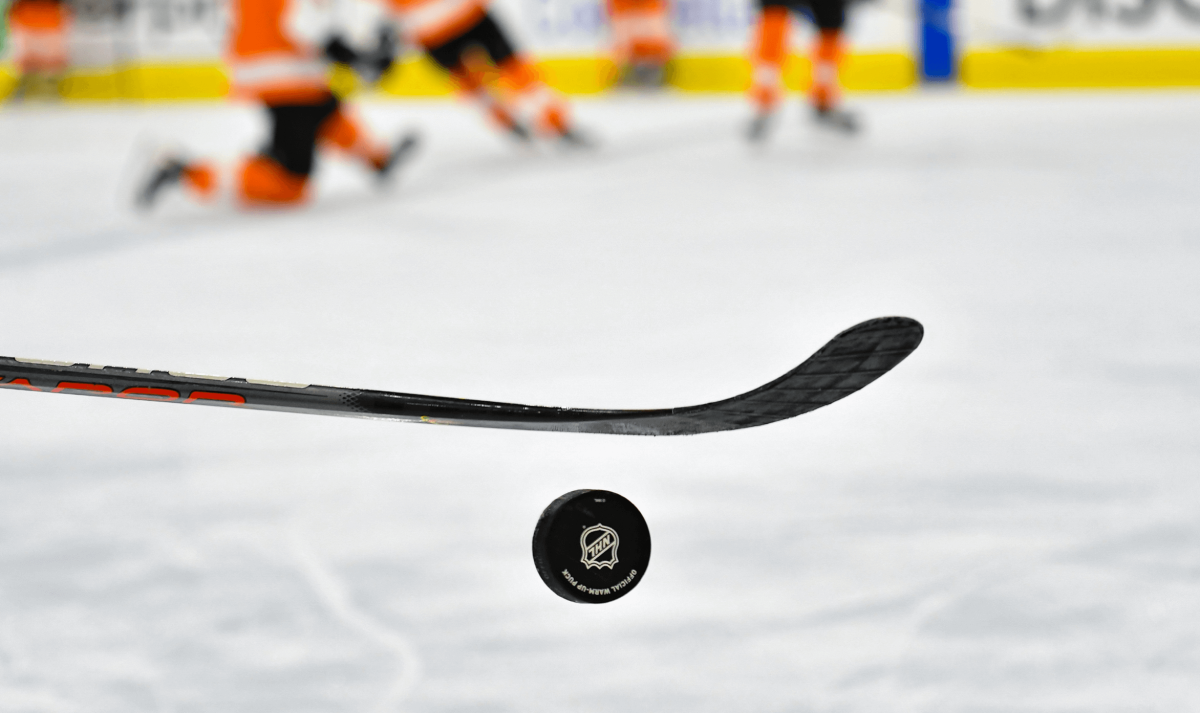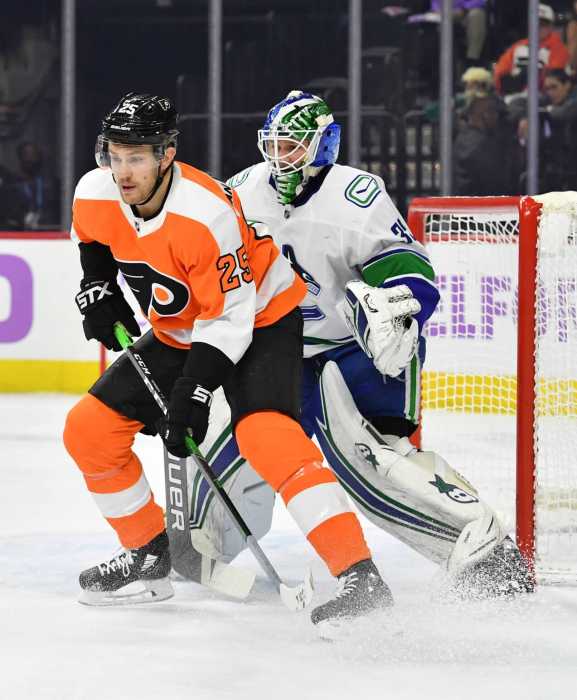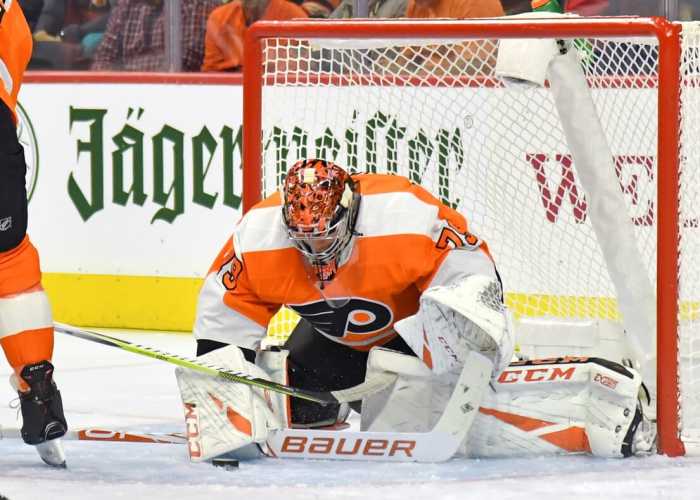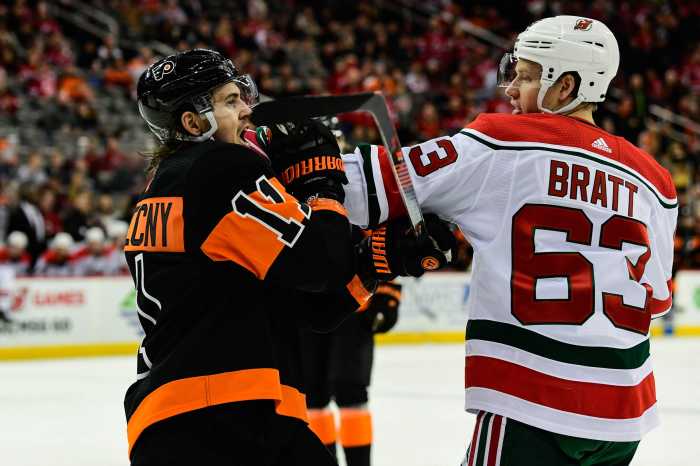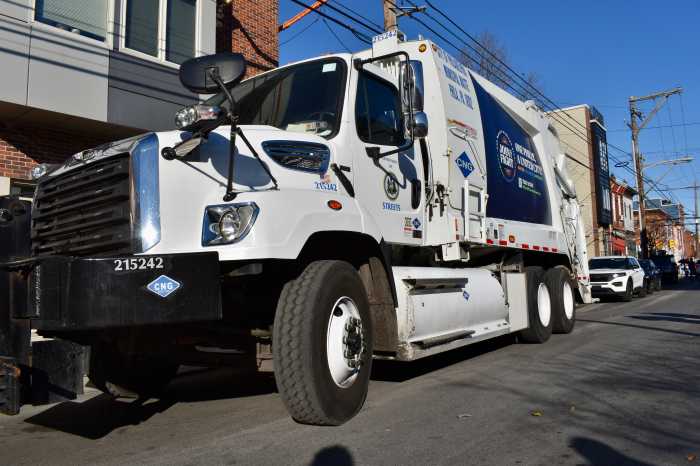Last night saw NHL Commissioner Gary Bettman reveal that the league will leap into playoff hockey upon the next puck drop. Specific dates are up in the air, but we do know where the Philadelphia Flyers stand with regards to this picture. But how will a playoff game actually look?
Format
Bettman and the league execs decided that there will be a 24 team playoff – 12 from each conference. The top four teams in each conference will play one game against the other three to determine the top four seeds. As a huge World Cup fan, this idea is beyond exciting to me.
The Flyers will be competing with the Bruins, Lightning, and Capitals.
Meanwhile, the bottom eight teams in each conference will square off in a best-of-five series. The winners of those games will then play the top four from the above paragraph. It’s not yet known whether there will be a reseeding for this or if the games will move to a best-of-seven format.
The worry is that if you have the Flyers playing 3 games and the 6th ranked team playing 5, logically the latter would be better conditioned for a seven-game series. But that’s a bridge the NHL will cross when they get to it.
Location
The NHL have listed 10 potential sites for these games – one will be seletced for each conference.
The sites are as follows: Las Vegas, Toronto, Chicago, Columbus, Edmonton, Dallas, Los Angeles, Minnesota, Vancouver, and Pittsburgh.
When asked about why a broad scope of locations had been announced as opposed to specifics, Bettman’s response was clear.
We could pick one or two locations, but that might, if we made the decision today, not turn out to be as good a decision as one that we make three, four weeks from now because things are continuing to evolve in all of the places that we play.
We’re going to go to the places that in terms of the logistics, the health issue I talked about, the testing issue I talked about, the governmental issues we talked about, we’re not hung up on east‑west. For TV schedules it may be better if we’re in different time zones, but we’re going to go to the places that we think are the safest and make the most sense medically at the time.
Setting
Obviously, Flyers fans won’t be able to fill out the Wells Fargo Center and that’s a real shame. But how will the game actually look? How will it feel?
From a TV standpoint, we will probably create an international feed for everyone who’s broadcasting out of there. And we’re going to have to make arrangements with broadcasters to determine whether or not they might want personnel in the building far away from the ice or whether or not they want to do it remotely, and we’ll work with that.
And with respect to all media, that’s something we’re going to have to work on and make arrangements — although whether it’s media or anyone else, non‑essential personnel, and I’m talking about players, trainers and coaches, beyond that — there aren’t going to be a lot of people on the event floor coming anywhere close to the players once we do this.
I understand that everybody has a job to do, but we’ve got to keep the players safe and healthy if we’re going to be able to see this through. And the more people that they can have contact with, the greater the risk becomes.
It sounds like there isn’t much wiggle room here. One centralized broadcast appears to be the aim, with traditional media being excluded from the venues for obvious reasons. This will mean that there should be unique ways to broadcast the game. Maybe having players mic’d up or experimenting with new techniques to bring fans closer to the action can be used. But it appears as though the games themselves will be as closed off as possible.
Testing
The Elephant in the room here is testing. How will the process work? How regular will players need to be tested? What happens if there’s a positive test? Bill Daly gave some answers.
Our hope is that by the time we open Phase 2 — and Phase 2 is where our clubs can open their training and practice facilities, make them available for small group activities by the players — our strong hope is that most, if not all, of the 24 teams coming back to play will have the ability to test their players prior to engaging in Phase 2. And our Phase 2 protocol, I think, specifically specifies testing at least twice weekly and perhaps more.
The League has worked hard in the interim to essentially be able to help clubs in the event they’re in need of testing resources and we’ll be there to help provide those resources for them.
Phase 3 then contemplates the opening of mandatory training camps in home club cities. And, during Phase 3, we would anticipate that the pace of testing would increase even further. The Phase 3 protocol is a work in progress at this point, so that hasn’t been finalized. And then Phase 4 — which is the competition phase, once we’re in the hub cities — the League is going to be in control of all the protocols related to the games in the hub cities. And we will have regular daily testing protocol where players are tested every evening, and those results are obtained before they would leave their hotel rooms the next morning. We’ll know if we have a positive test and whether the player has to self‑quarantine himself as a result of that positive test.
Gary Bettman followed with this.
The bottom line is obviously that’s a key question and something we’ve been in constant communication with our medical advisors on. Their thought process at this point in time is that one single positive test, depending on the circumstance, should not necessarily shut the whole operation down.
Well that’s…interesting?
A setback
As of right now, Canada is in a very different position to the US with regards to quarantine. There are foreign travel restrictions to both Canada and the United States which are not only problematic in getting some players back from their homes if they decided to isolate there, but also in terms of bringing the teams in and out. Bettman had this to say on the problem.
The one issue that we continue to work actively on is the mandatory federal quarantine that is in place in Canada for all people who travel into Canada, and we are having various discussions with various different departments, the Canadian government. We don’t have a resolution there, but it’s an ongoing dialogue for sure.
Photo Credit: Alex Mcintyre

